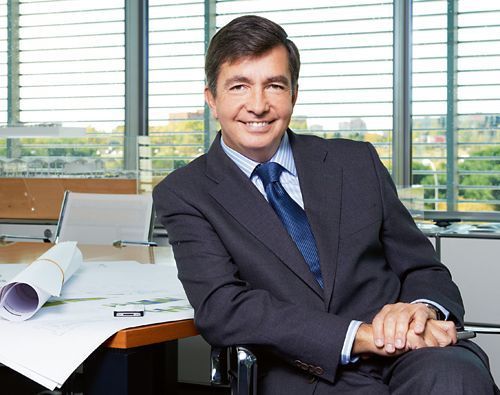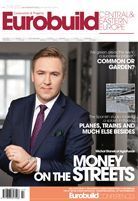Nathan North, ‘Eurobuild CEE:’ Lamela is well-established in Poland now and also has branches in Spain, Mexico and Qatar. How easy is it to operate an international architectural firm such as yours?
Carlos Lamela, the president of the board of Estudio Lamela: It’s difficult to manage activities on four different continents. This is not unusual for UK or German studios, who tend to be used to operating internationally. But in Mediterranean countries like Spain or Italy this is not the norm – studios have been historically focused on their home markets. And they tend to be smaller companies of three to five people and an absolute maximum of around 30–40 people, whereas you need a bigger structure and more muscle to operate abroad. If they do venture abroad, it tends to be in the traditional markets of Latin America. UK studios, on the other hand, have the former British Empire and all the English-speaking countries to work in. We have around 15 people worki































































